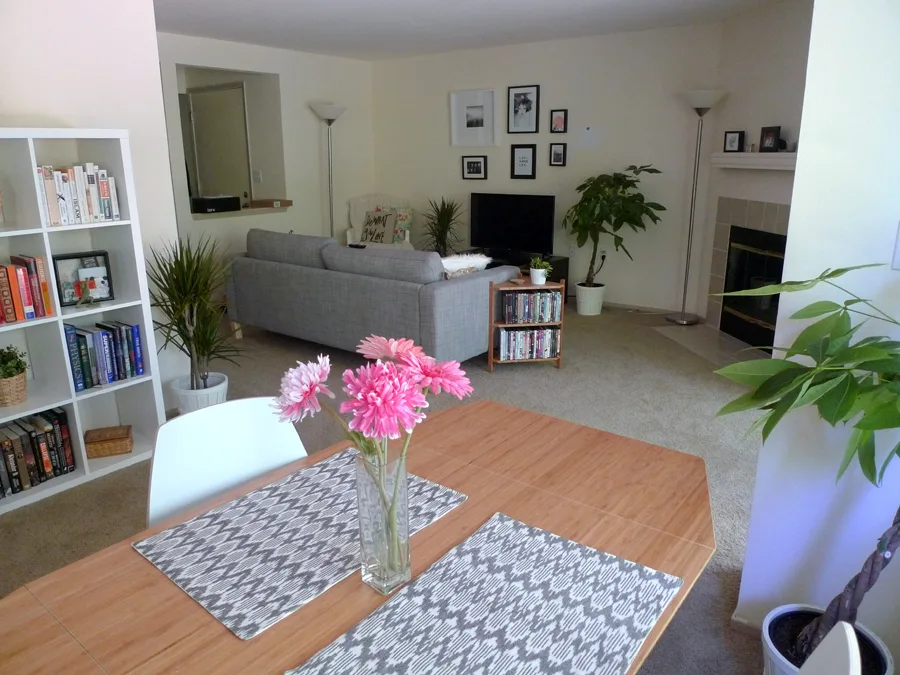2. Adopt the “One In, One Out” Rule
One of the best ways to prevent clutter from building up in your home is to adopt the “one in, one out” rule. This rule simply states that for every new item you bring into your home, you must remove one item. This helps you avoid unnecessary accumulation and ensures that your space remains uncluttered.
Advertisement
For example, if you buy a new shirt, donate an old one. If you purchase a new kitchen gadget, dispose of one that is redundant. This practice promotes mindful consumption and encourages you to be selective about the items you add to your life.
3. Invest in Multi-Functional Furniture
When living in a minimalist home, every item should serve a purpose. Opt for furniture that can be used for multiple functions to maximize the use of your space. For example:
-
Storage ottomans: These can serve as seating, a footrest, and a place to store blankets, books, or other household items.
-
Sofa beds: If you have limited space, a sofa bed can double as both seating and a bed for guests, eliminating the need for an extra guest room.
-
Modular furniture: Modular pieces, such as bookshelves or desks, can be reconfigured to suit your changing needs, making them a flexible and efficient solution for smaller spaces.
Investing in multi-functional furniture ensures that your home remains organized and free from unnecessary items that take up valuable space.
4. Embrace Digital Organization
In the age of technology, much of the clutter in our lives is digital. Files, emails, and photos can quickly accumulate and create a sense of overwhelm. A minimalist approach to digital clutter involves organizing and decluttering your digital spaces, such as:
-
Emails: Set up email filters to automatically sort important messages and unsubscribe from newsletters that you no longer find useful. Regularly delete unnecessary emails to keep your inbox manageable.
-
Files: Create a system for organizing your digital files. Use folders to categorize work-related documents, personal files, photos, and more. Periodically go through your files and delete those that are no longer needed.
-
Photos: Sort through your digital photos and delete duplicates or blurry images. Consider using cloud storage to back up important photos, and keep only the ones that truly matter.
By minimizing digital clutter, you can reduce the mental load that comes with disorganized virtual spaces and create a more focused, productive environment.
5. Simplify Your Wardrobe
A minimalist wardrobe doesn’t mean having a limited number of clothing items—it means choosing pieces that are versatile, high-quality, and timeless. A minimalist wardrobe can save you time and energy when it comes to getting dressed, while also reducing the amount of clothing clutter in your home. Here’s how to get started:
-
Declutter your closet: Go through your clothing and remove items that no longer fit, are damaged, or that you simply don’t wear. Keep only those pieces that you love and that are practical for your lifestyle.
-
Choose timeless pieces: Focus on investing in clothing that can be mixed and matched easily. Neutral colors and classic styles are perfect for creating a minimalist wardrobe that remains functional and stylish throughout the seasons.
-
Quality over quantity: Instead of constantly buying trendy items, focus on investing in high-quality, durable pieces that will last longer and require fewer replacements over time.
